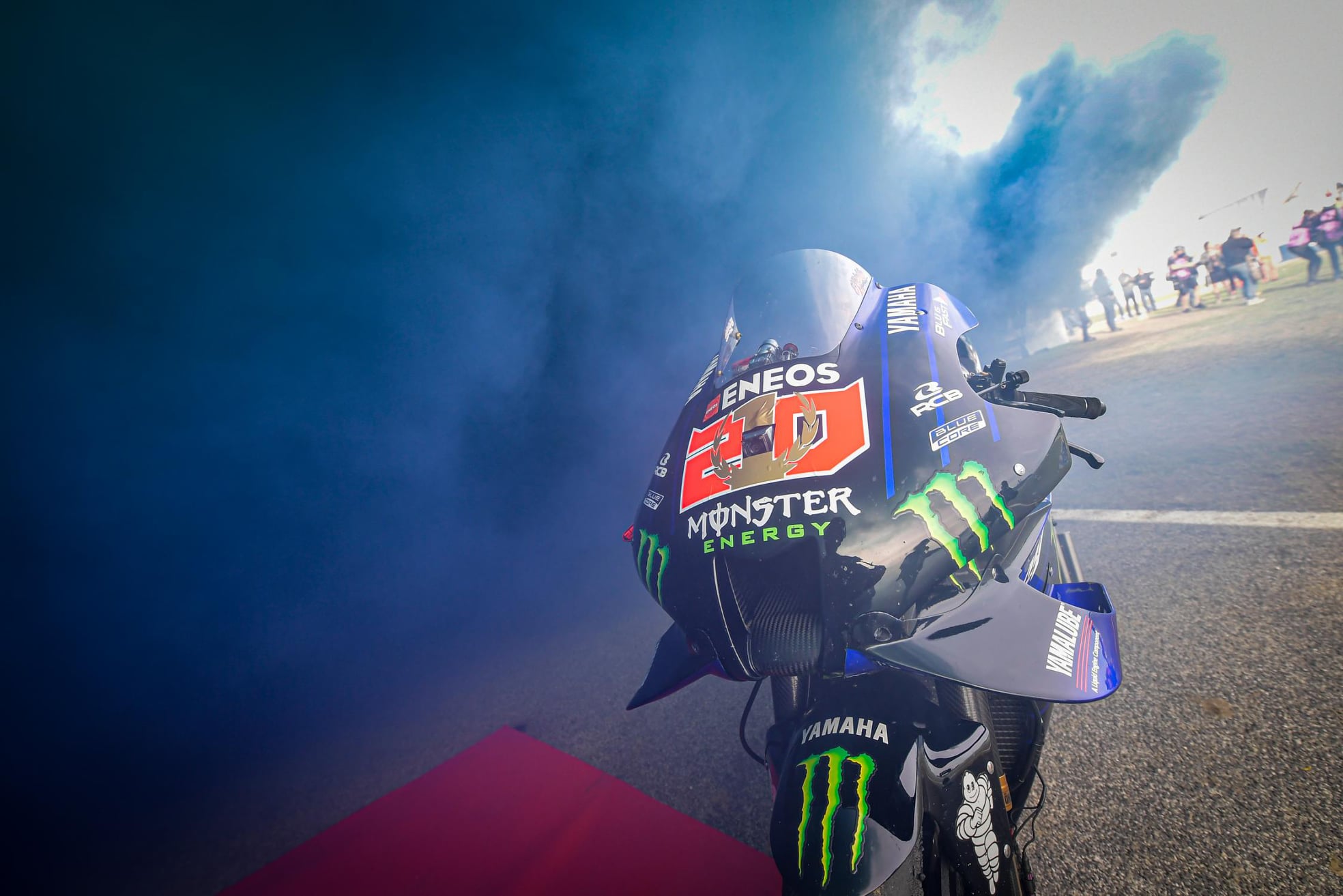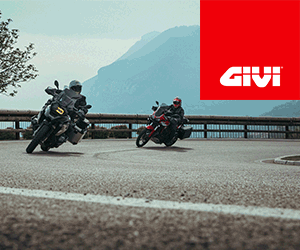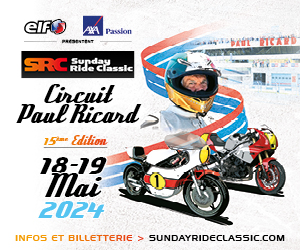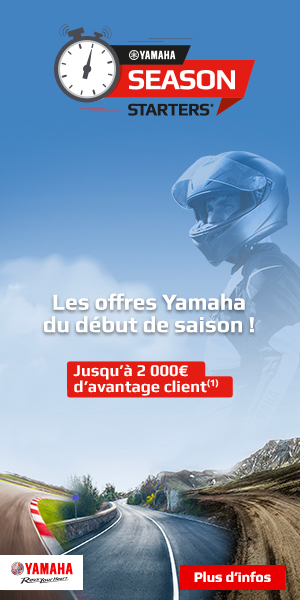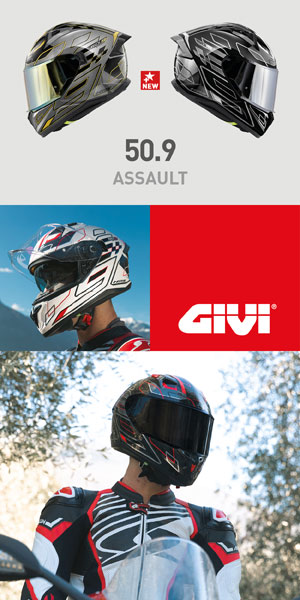It has been 6 years since Yamaha won its last World Championship, with Jorge Lorenzo at the helm. Since last weekend, it is with Fabio Quartararo that they are finally back at the top. After experiencing ups and downs, numerous technical improvements allowed the machine and its pilot to reach the top.
Among the congratulations received by Fabio Quartararo for his title of MotoGP World Champion, there was one with a particular flavor. It comes from Jorge Lorenzo who since 2015 was the last winner in the category on a Yamaha.
Meanwhile, the path has been complicated, with Iwata's brand experiencing ups and downs along the way. They struggled to get race wins, suffered repeated disappointments regarding rear grip, had front tire pressure problems, etc. We even saw a public apology from Yamaha management in Austria in 2018.
Also, Yamaha came close to the wrong note and revised its range to return to the top. Hard work and perseverance always pay off, and the little details made a difference too.
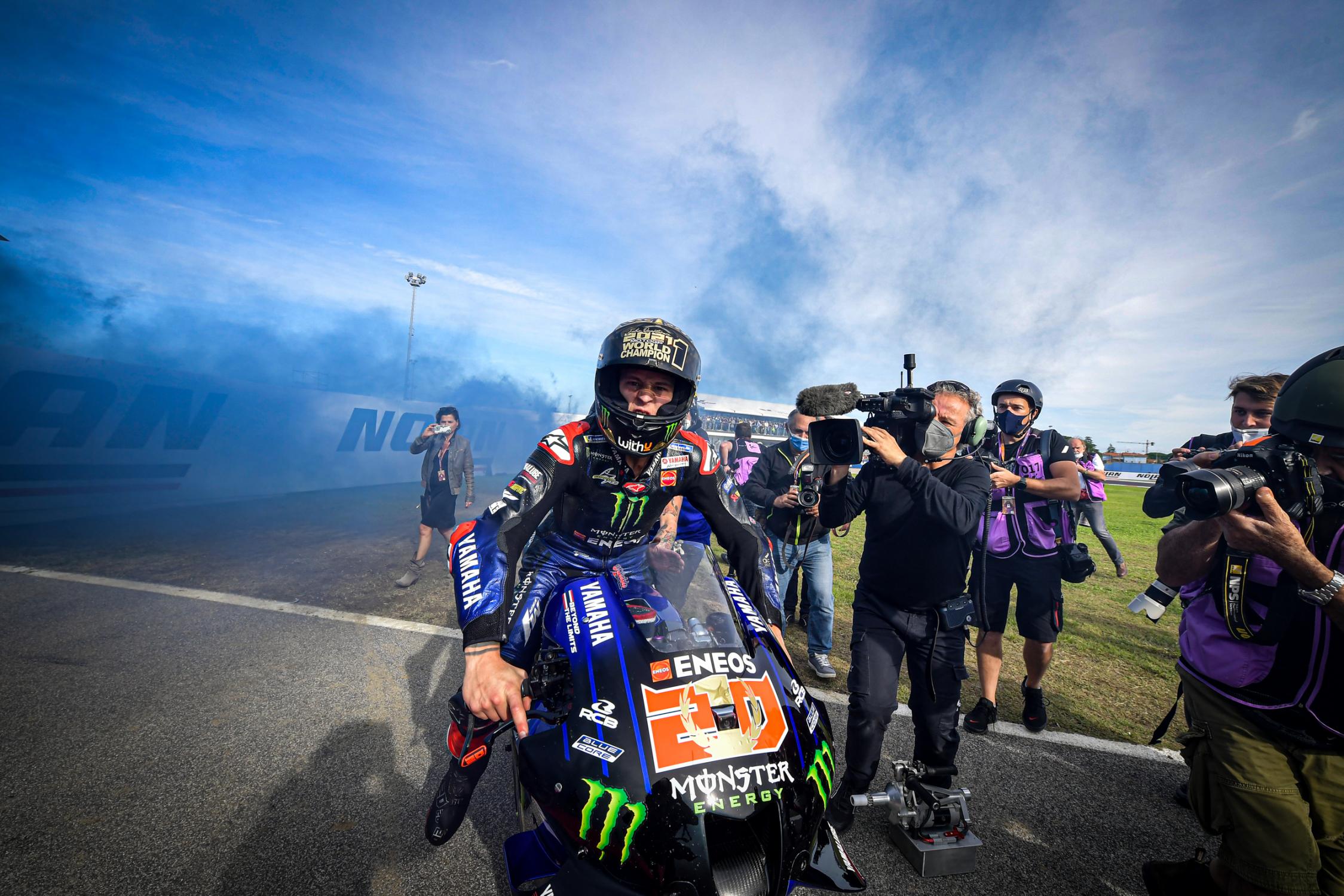
Thus, Fabio Quartararo becomes the first French World Champion in the MotoGP category, moreover during one of the most difficult periods the world has ever known.
It's no secret that the road has been difficult for Yamaha in 2021 and since the last World Champion title obtained by Jorge Lorenzo in 2015, the in-tune brand has experienced a long slump.
So let's see exactly how they did it. How did the technical teams manage to turn their weaknesses from 2020 into strengths in 2021? How did they overcome the lack of rear grip? How did they overcome the lack of power?
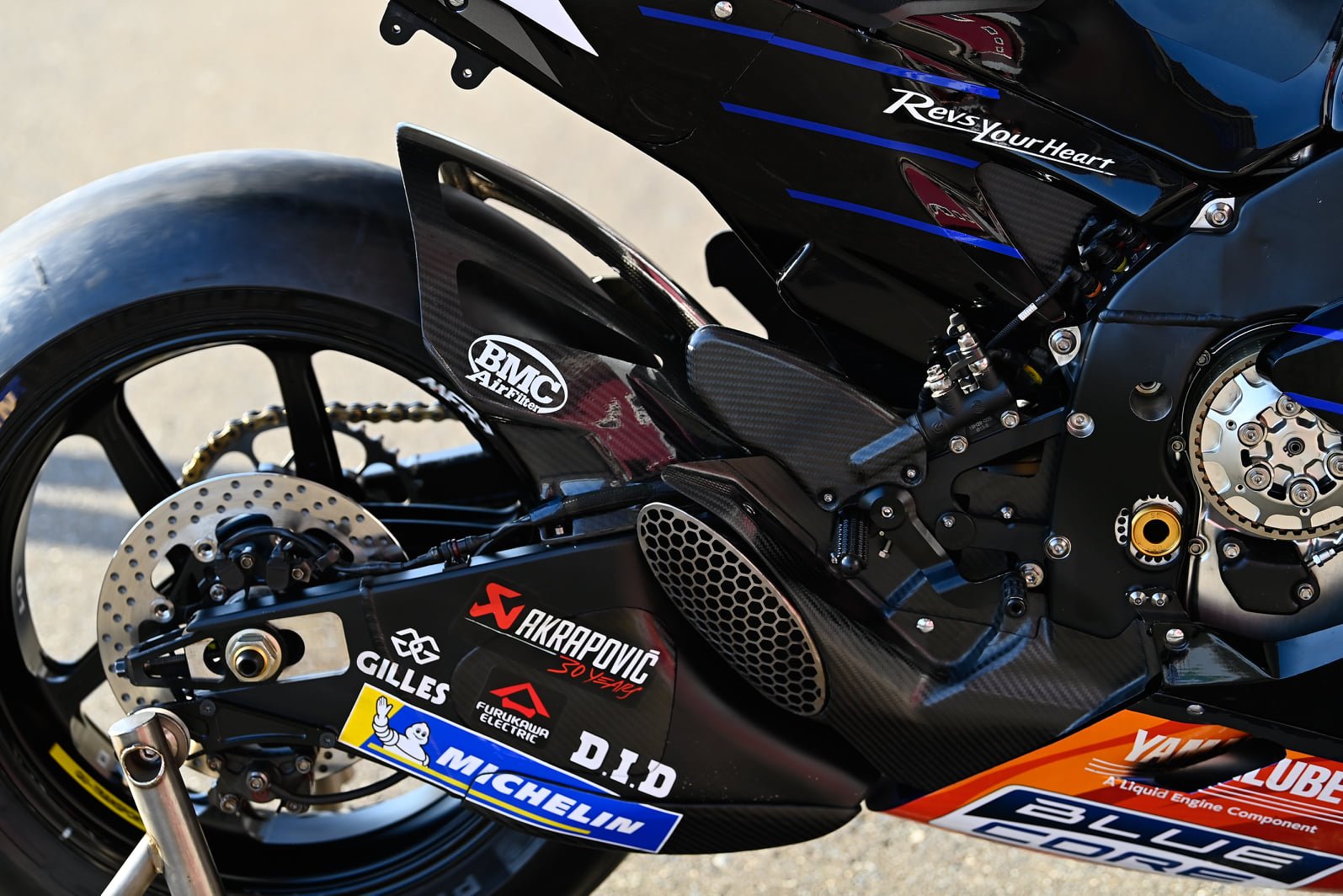
First, let's look at rear grip. Since the introduction of the Michelin era to the MotoGP category in 2016, to replace Bridgestone, Yamaha has suffered from inconsistencies in rear grip. In some situations the grip is definitely there, but in others it is not.
Yamaha's rear grip problems are mainly present when exiting corners. Over the years, we've heard countless times that this M1 slips on cornering exits and that it has a negative effect on overall performance. Slippage creates excessive wear on the rear tire and as the rear tire wears, slippage increases. The problem is made worse by the original problem.
But Yamaha's rear grip issues over the past few seasons have been inconsistent. In some conditions the bike performs very well, with good rear grip, but in others all that grip that was there before seems to disappear.
Cal Crutchlow, when given the opportunity to test drive the M1 this year as a test driver, said something interesting about the machine: he had never driven one prototype in the MotoGP class with so much rear grip, but he also said he's never had a machine with so much torque. This is quite an interesting observation because we wonder if the way of delivering torque could be at the origin of the problem.
One thing is for sure, Yamaha has certainly limited its rear grip issues in 2021 and found some much needed consistency.
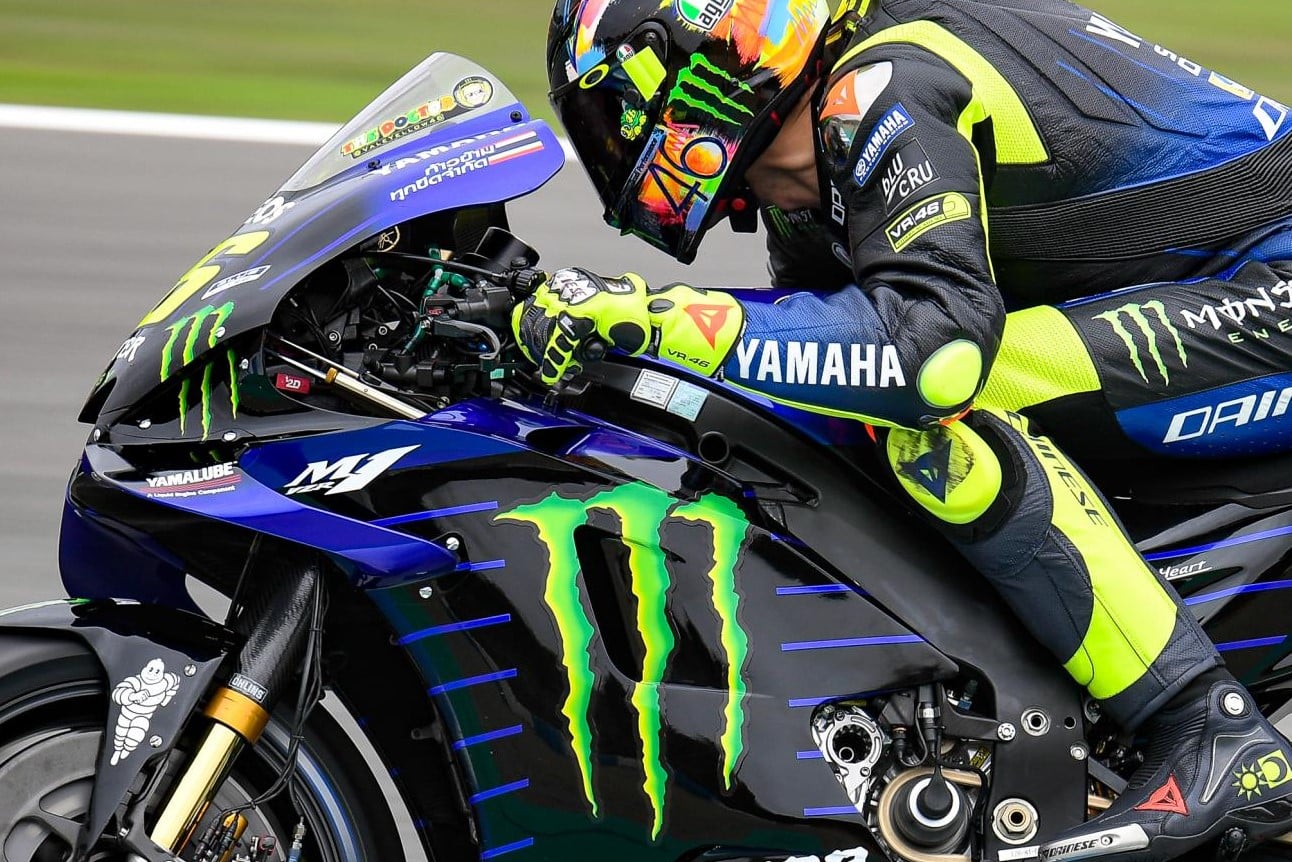
One of the solutions, which is also one of the key modifications on the 2021 version, concerns the chassis, which seems coherent at least in the hands of Fabio Quartararo.
To understand what Yamaha has changed, we need to take a step back and look at the machine used in 2019. This image of Valentino Rossi on his handlebars shows that the chassis has a section that has cutouts at the main beam. It's these cutouts that have obsessed Yamaha over the past few seasons as they sought to perfect their prototype.
This machine is also similar to the one that Andrea Dovizioso has in his hands for this end of the season, but also to the one that Franco Morbidelli used last year and with which he still finished Vice-World Champion last year. last.
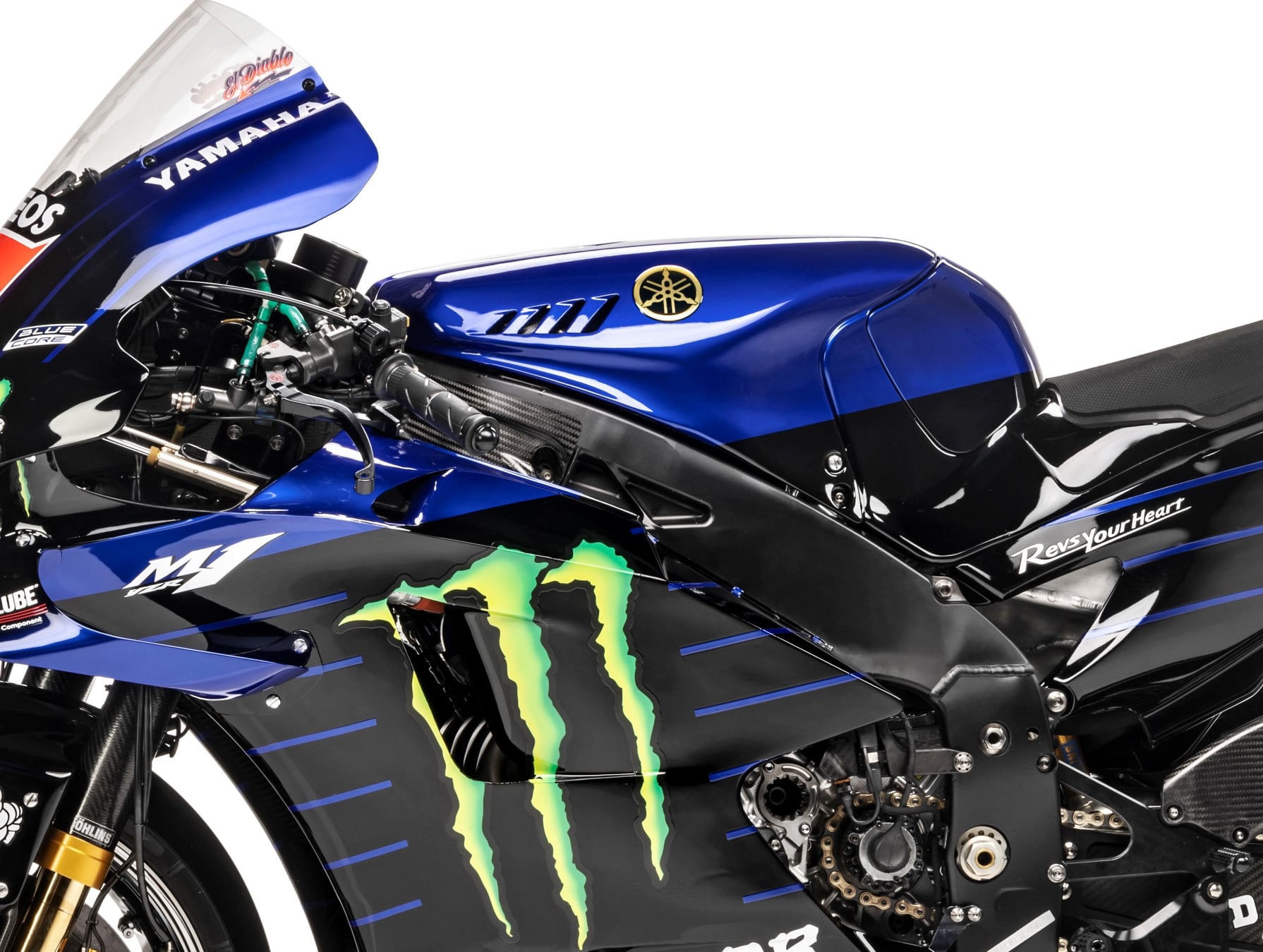
On the 2020 model of the M1, these cutouts have changed, in terms of their internal structure. It's this change that has made a huge difference to how the 1 model M2020 handles in certain conditions. This machine was incredibly fast in the right conditions, but almost impossible to ride in others. No matter how much Yamaha seemed to try with the settings, on the days when they struggled to regain rear grip, they never knew how to get there.
As the season progressed, it became clear that Yamaha was looking to move backwards in order to jump better. They said the plan for 2021 was that the prototype would look much more like the one from 2019, as they hoped returning to a known and proven basis would yield the answers they needed.
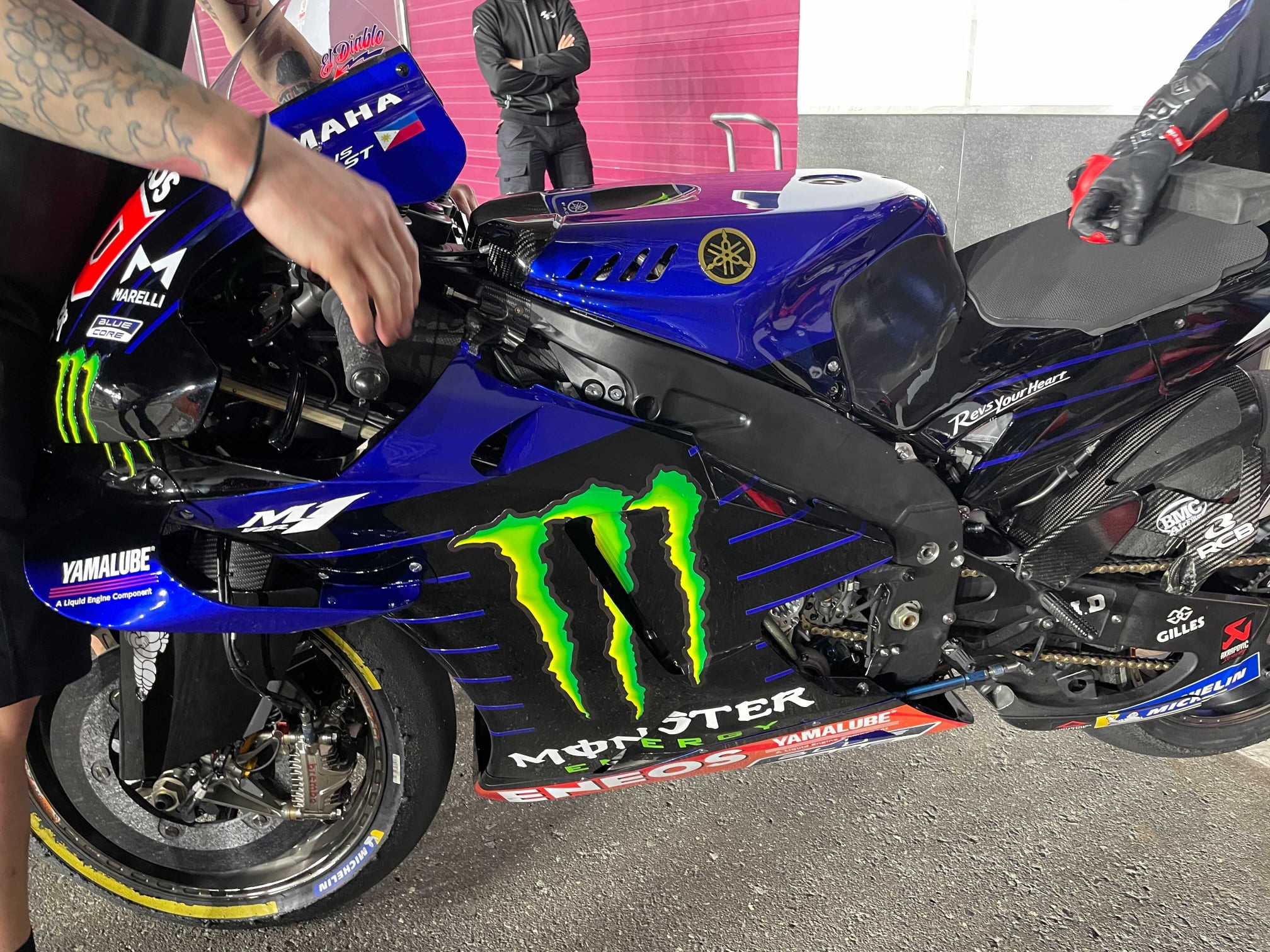
This is why on the prototype used by Fabio Quartararo in 2021, the cutouts look very similar to those of 2019. There are however some differences... we can see welds on the 2019 machine which are not there on the 2021 machine but both designs share the same DNA.
And according to the results obtained this year, going back has paid off: Fabio Quartararo has been incredibly fast on all circuits this season and has shown good enough pace to go for victory or at least aim for the podium on almost all of the circuits.
But in 2021, it wasn't just rear grip that their new chassis helped improve.
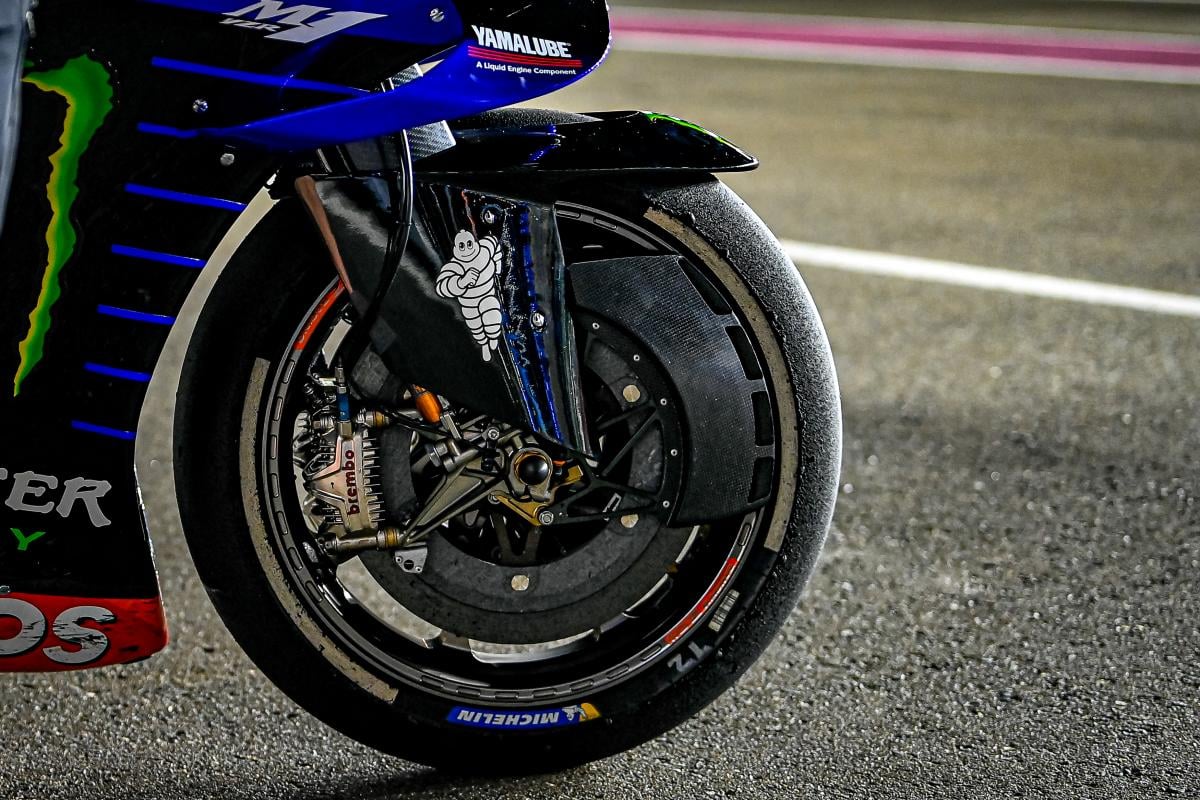
Another big problem Yamaha faced in 2020 was tire pressures skyrocketing in the race, in the event of a fight in the peloton.
Indeed, several times in 2020, Yamaha riders found themselves suddenly falling down the rankings during races without being able to do anything about it. Riding behind another rider caused their tire temperatures and pressures to skyrocket, robbing them of the feeling they need to be confident with the front.
In 2021, the new chassis seemed to help counter this phenomenon which appeared much less frequently, and Yamaha riders were actually able to fight through the pack and ride without worry behind another rider.
This different front fender wasn't used much in 2021, but it was called upon when needed and seemed to help. Its role was to promote air circulation around the tire, preventing it from heating up too much.
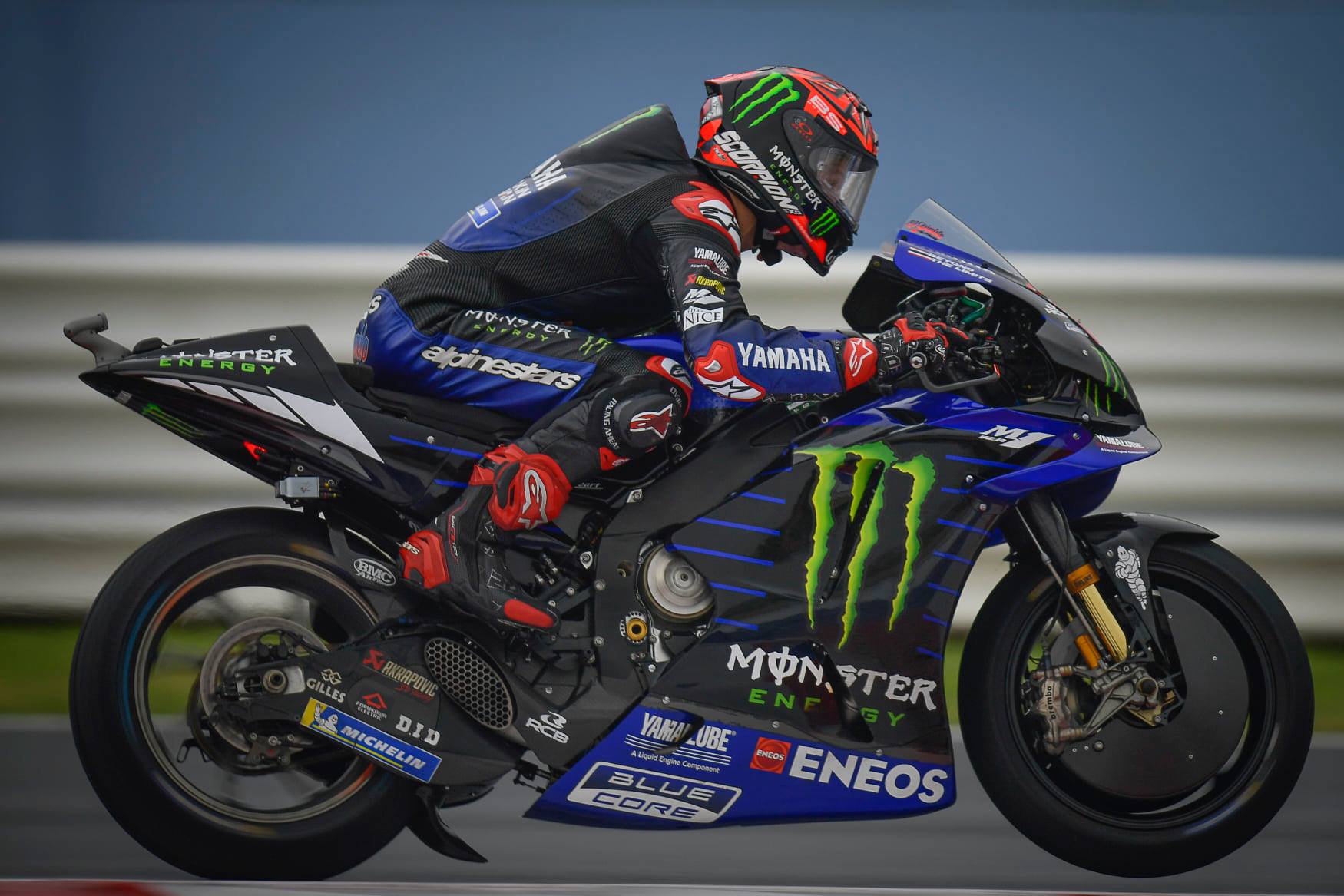
Perhaps the Yamaha's biggest drawback is its lack of top speed. But, oddly enough, thanks to an innovation from Ducati, Yamaha was able to reduce the damage in this area.
The Holeshot Device, which can be activated while riding (and named in this case Ride Height Device) allows the rider to lower the rear end of his motorcycle when exiting a turn. He changes the geometry of his machine, lowering the center of gravity, changing the force transmitted by the chain and thus allowing them to accelerate harder and exit the corner more quickly.
This was a key element for Yamaha in 2021 because it allowed them to try to break out of the corner to try to create just enough of a gap so that at the end of the straight so that the Ducati, KTM, Honda and Aprilia can no longer overtake them despite their higher top speed.
In this photo, the device is activated. The bike sits on its rear wheel, with only a small space between the fairing and the rear wheel. We can even see the link arm which allows it to be activated extended under the machine.
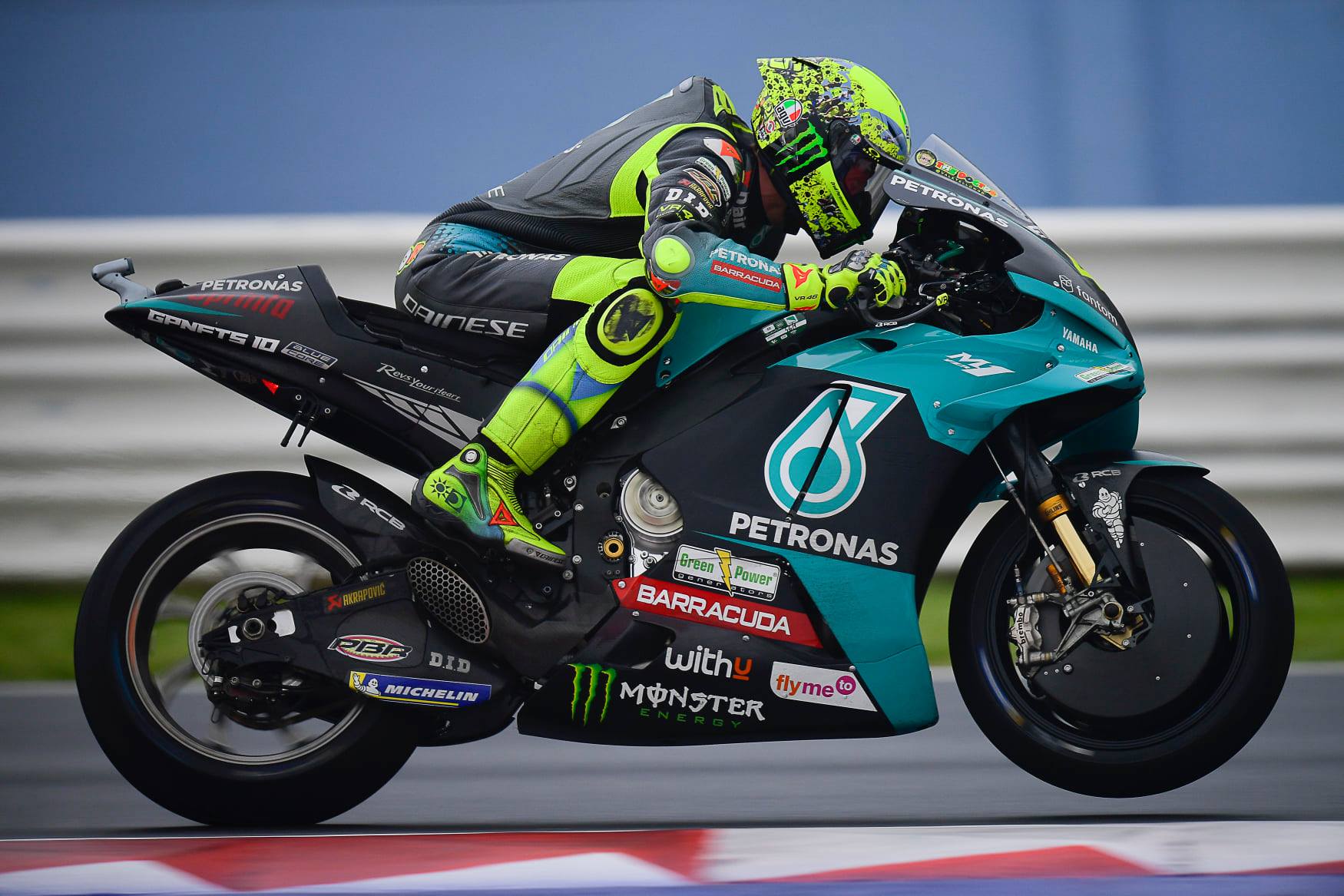
To better understand this, in this photo, Valentino Rossi is in the same corner but with the device deactivated. The rear of his M1 sits higher, in its normal position, and the linkage arm under the machine is hidden because it is not extended.
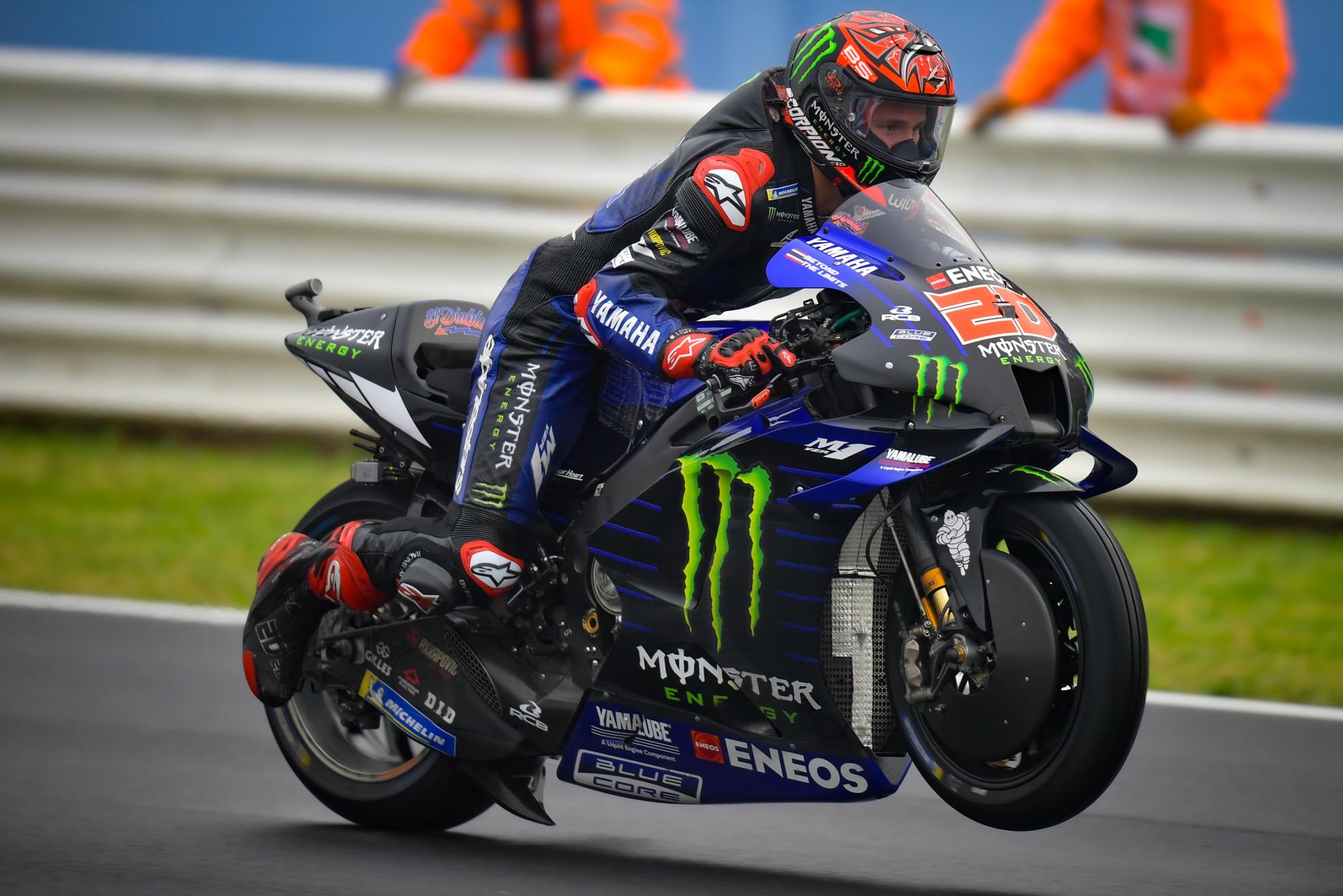
Another element that helped Yamaha during starts and allowed Fabio Quartararo to become World Champions was their front Holeshot Device. At the start of the season, when the Yamaha did not have it, riders often lost several places early in the race because they could not get as good a start as other bikes that had it. But when the technical teams fitted the M1 with this device at Mugello for the first time, things changed and suddenly they were able to achieve much more efficient starts, which meant that the driver did not have to overtake drivers who had overtaken them before the first turn.
This photo was taken in wet conditions, which do not seem favorable to the Yamaha. Indeed, during the 2021 season, the Yamaha wasn't too bad in fully wet conditions, but the riders really struggled in half-wet/half-dry conditions, and that held true again this WE.
Their main rival for the 2021 season, Ducati, is incredibly efficient in wet conditions and on drying tracks. Jack Miller attributes this to the GP21's incredible grip, saying it gives them an immediate good feeling in the wet.
If Yamaha wants to fight again to be at the forefront and win the World Championship next season, one of the areas to work on concerns wet track conditions.
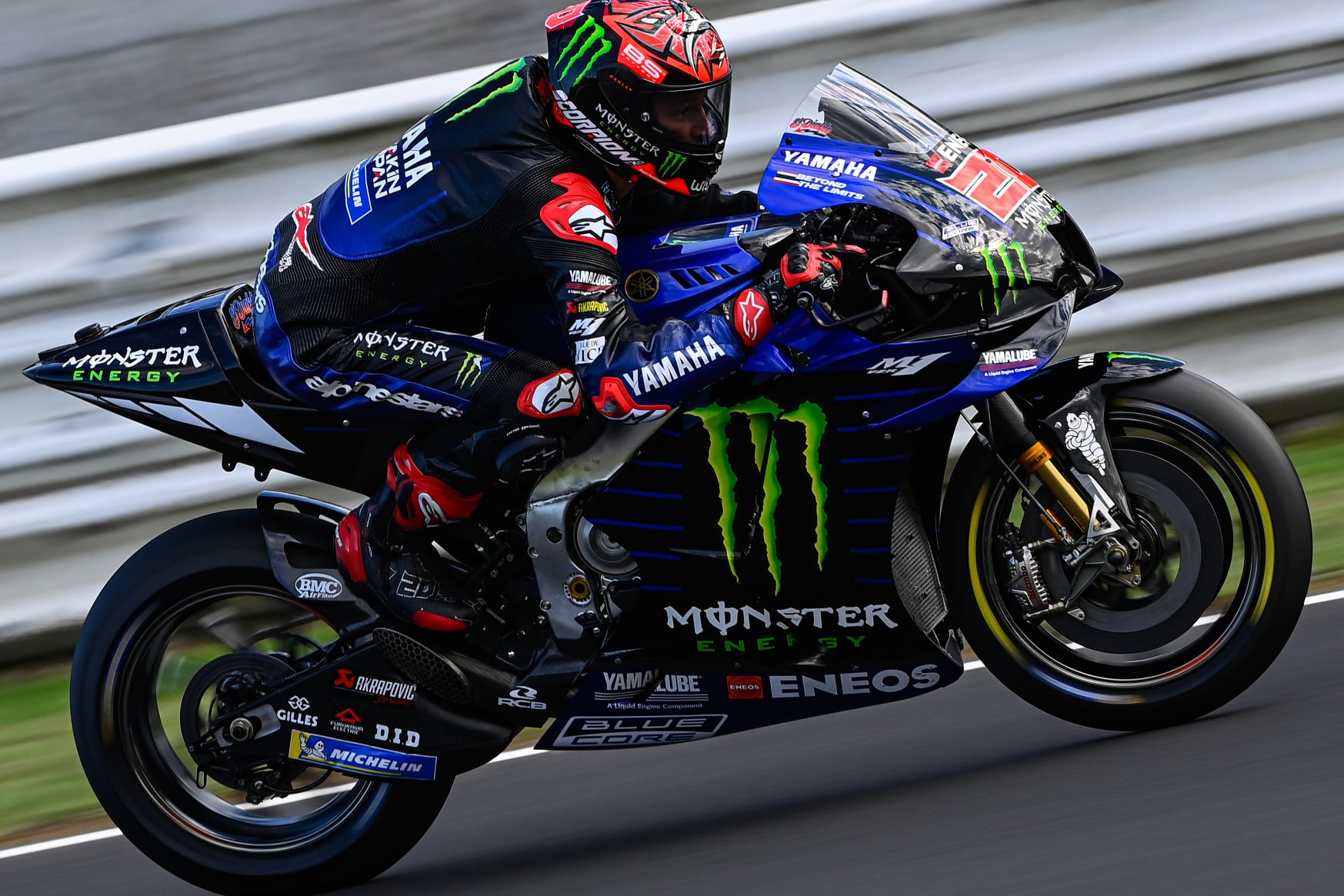
A first look at the 1 Yamaha M2022 was seen on track at Misano this year, where Yamaha revealed this prototype chassis. Visually, there are a few small details that look different but the chassis is largely an evolution and not a revolution.
During his press conference, Fabio Quartararo outlined a few areas to improve for 2022. One was the feeling at the front, the other was to further improve the grip at the rear, he also mentioned more of power and finally he placed a lot of emphasis on performance in wet weather.
If Yamaha can improve in all these areas, it will make it very difficult for anyone who wants to win the world crown next year.
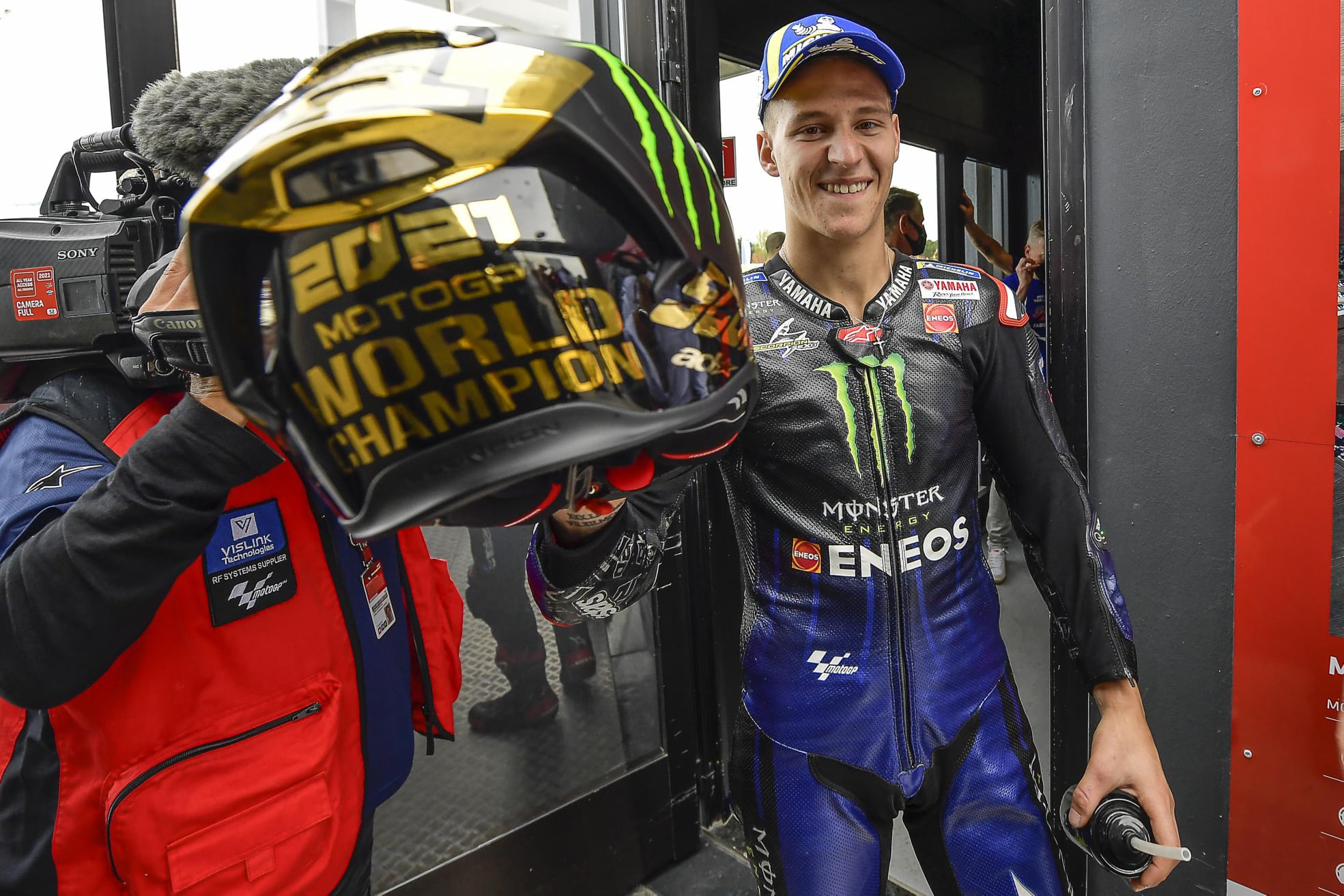
So, in 2021, not only has Yamaha worked tirelessly to bring their motorcycle back to the highest level, but Fabio Quartararo has also worked tirelessly to do the same. While 2020 didn't go the way he wanted, his work with a sports psychologist allowed him to keep his feet on the ground and make him a Champion.
Many wondered if this day would come. His Moto3 career started so brightly but never lived up to what we thought he could do. Moto2 hasn't been easy either, but when this potential showed its face again at Catalunya in 2018, Yamaha didn't hesitate to sign him for 2019. Now, Fabio Quaratararo and the Yamaha teams have proven to their detractors that they were wrong.
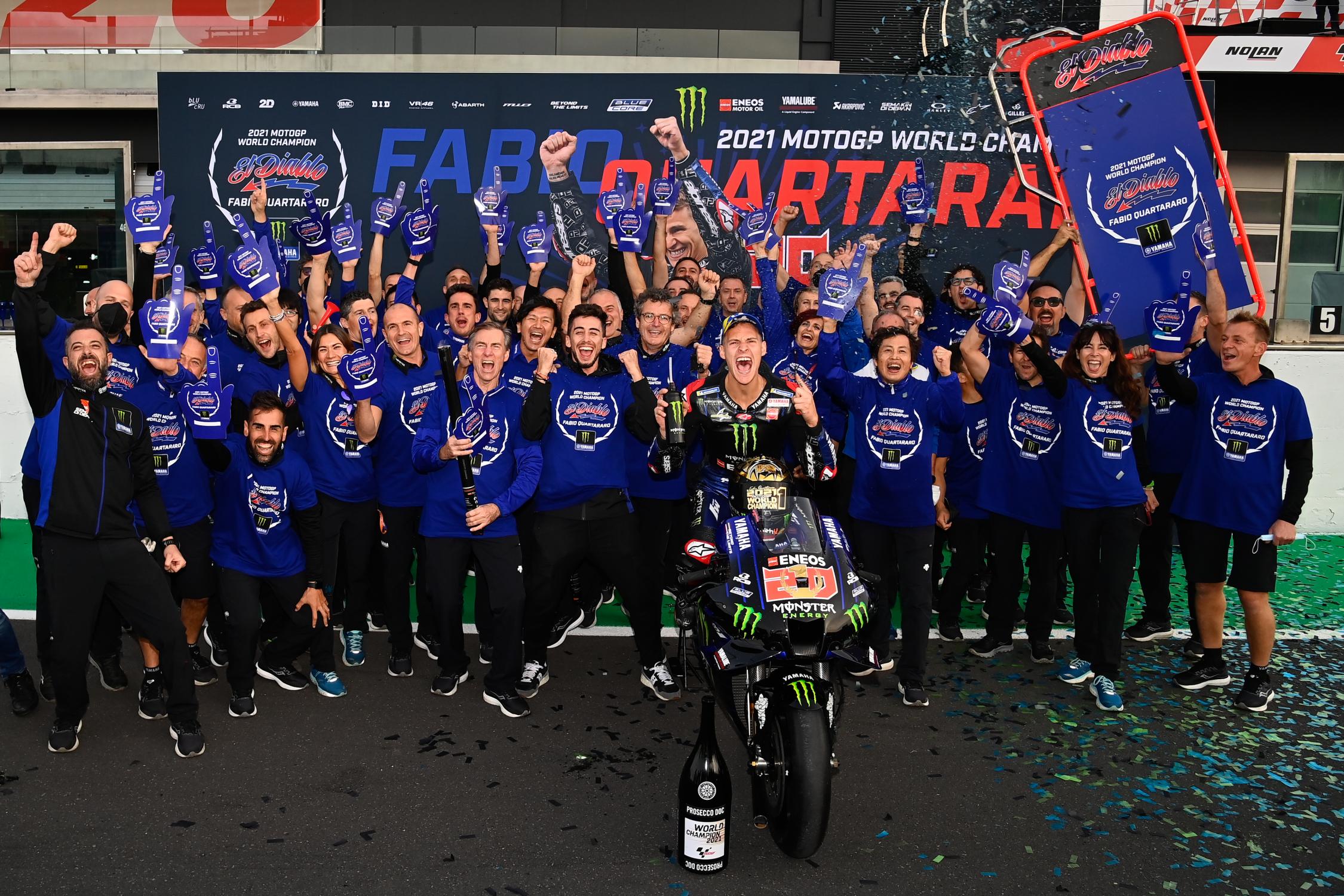
Photos: Dorna Sports










